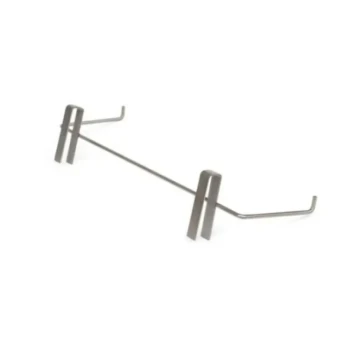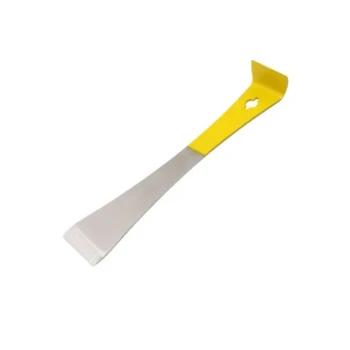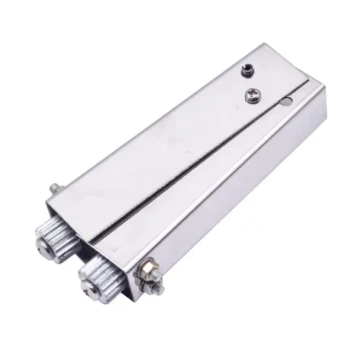At its core, a bee suit serves one primary function: to provide a complete, protective barrier that safeguards a beekeeper from bee stings. This specialized garment covers the wearer from head to toe, allowing them to perform essential tasks like hive inspections, maintenance, and honey harvesting without harm.
A bee suit is more than just armor against stings; it is a critical tool that fosters a calm and safe environment for both the beekeeper and the bees, enabling confident and effective colony management.
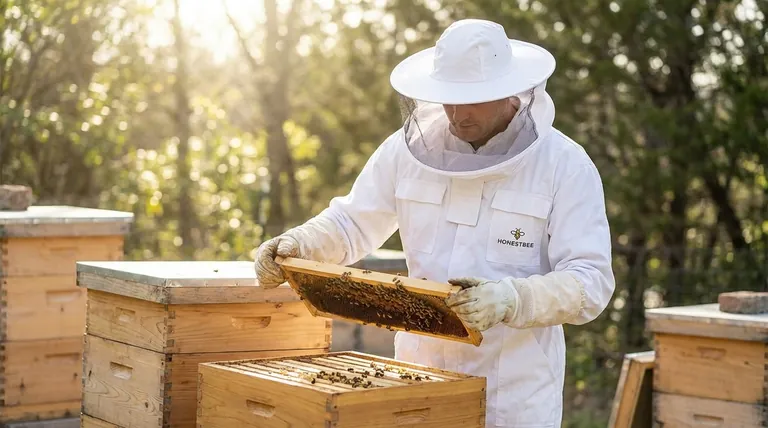
The Anatomy of Protection: Key Components
A bee suit's effectiveness comes from its integrated design, where each component serves a specific protective purpose. Understanding these parts clarifies how the suit provides comprehensive safety.
The Veil: Guarding the Face and Neck
The veil is arguably the most critical piece of equipment. It consists of a mesh screen that encloses the head, protecting the sensitive areas of the face, neck, and eyes while maintaining visibility. Stings to this area are particularly dangerous and painful.
The Jacket or Coverall: Full-Body Coverage
The main body of the suit is either a jacket or a full-body coverall. Coveralls, which are a single garment combining pants and a jacket, offer the most seamless protection by eliminating the gap at the waist where bees could enter.
Gloves and Boots: Securing the Extremities
Hands are in constant motion around the hive, making them a primary target. Beekeeping gloves are typically made of thick leather or other durable materials to prevent stings. Similarly, wearing high-top boots and ensuring pant legs are secured over them prevents bees from crawling upwards.
Essential Design Features
Modern suits include features that enhance protection. Elastic bands at the wrists and ankles create a tight seal, while thumb holes keep sleeves from riding up. High-quality zippers, often with Velcro flaps covering them, provide secure and bee-proof closures.
Understanding the Trade-offs: Full Suit vs. Partial Gear
While a full suit offers maximum protection, some beekeepers adapt their gear based on experience and the specific temperament of their colonies. This choice involves a direct trade-off between convenience and safety.
The Case for Full Coverage
For beginners, a full coverall suit is always the recommended choice. It removes any guesswork and provides the confidence needed to learn how to handle bees calmly. It is also essential when working with an unknown or known-aggressive colony.
When Partial Gear Might Suffice
An experienced beekeeper with a deep understanding of their specific bees' temperament might opt for a jacket-and-veil combination on a calm day. This offers more mobility and is quicker to put on, but it carries a higher risk.
The Non-Negotiable Element
Regardless of experience level, the veil is never optional. The face and neck are too vulnerable, and a single sting in the wrong place can have severe consequences. Protection for the head is the absolute minimum safety requirement.
Making the Right Choice for Your Goal
Selecting the right level of protection depends entirely on your experience and the task at hand.
- If your primary focus is maximum safety and confidence (Beginner): Choose a full, one-piece coverall suit with an integrated veil, gloves, and secure closures over boots.
- If your primary focus is convenience with gentle, familiar bees (Experienced): A high-quality jacket with an attached veil may be sufficient, but always be prepared to reassess the hive's mood.
- If your primary focus is a quick inspection on a calm day: Never work the bees without, at a minimum, a veil to protect your head, face, and neck from defensive behavior.
Ultimately, the right bee suit empowers you to be a calm, focused, and effective steward of your colonies.
Summary Table:
| Component | Primary Function |
|---|---|
| Veil | Protects face, neck, and eyes while maintaining visibility. |
| Coverall/Jacket | Provides a full-body protective barrier against stings. |
| Gloves & Boots | Secures extremities; prevents bees from entering clothing. |
| Essential Features | Elastic seals, thumb holes, and secure zippers for bee-proof closure. |
Equip Yourself for Safe and Confident Beekeeping with HONESTBEE
Whether you manage a commercial apiary or supply beekeeping equipment to distributors, proper protection is non-negotiable for safety and productivity. HONESTBEE supplies high-quality, durable bee suits and protective gear designed for the demands of professional beekeeping.
Let us help you protect your most valuable asset—your beekeepers.
Contact HONESTBEE today to discuss your wholesale needs and discover how our equipment supports effective, calm colony management.
Visual Guide
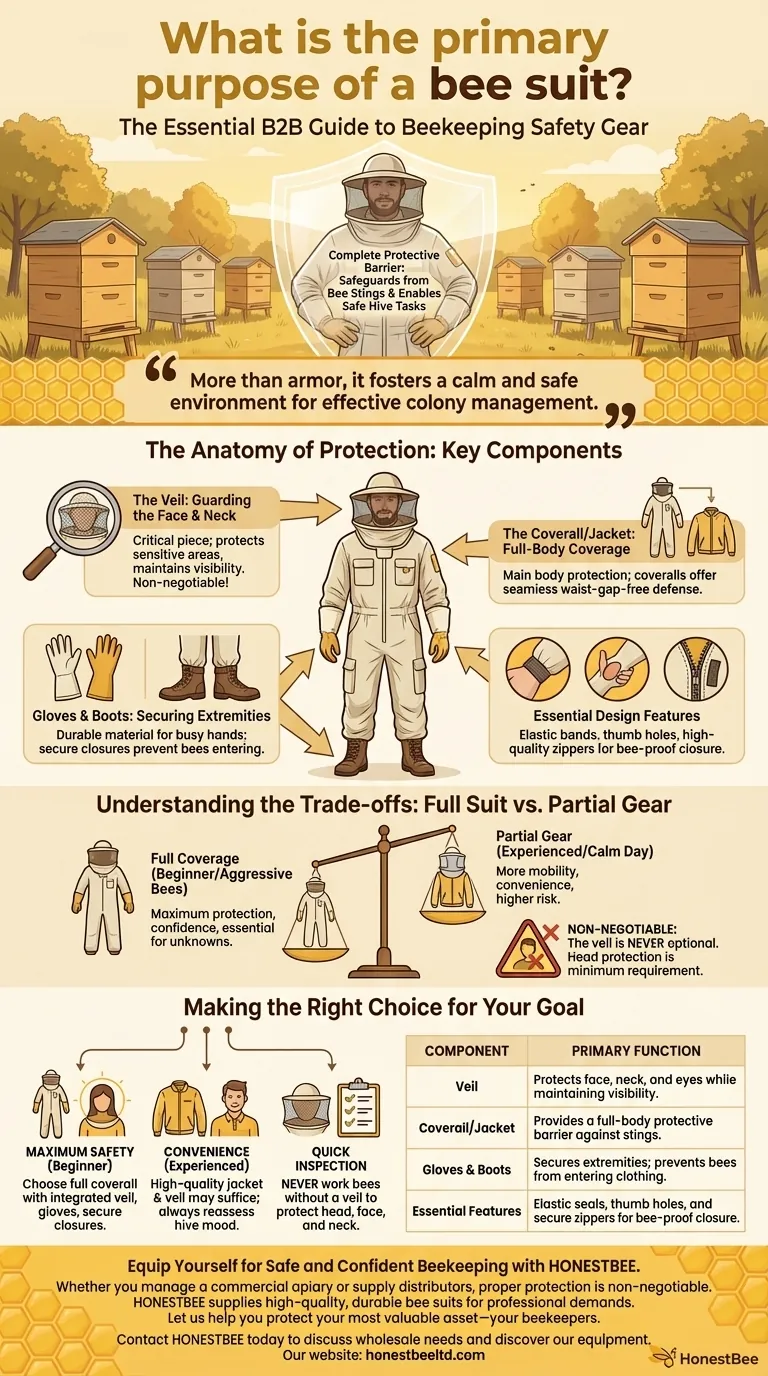
Related Products
- Cotton Beekeeping Suit and Round Hat with Veil Bee Keeper Protective Gear
- Beekeeping Jacket with Hood and Veil for Beekeepers
- White Beekeeping Protective Suit and Hat with Fencing Veil for Beekeepers
- Professional Beekeeping Suit for Kids and Girls Childrens Bee Keeper Suit
- Heavy Duty Cowboy Beekeeper Hat with Visibility Veil Outdoor Professional Beekeeping Protective Gear
People Also Ask
- How should a beekeeping suit be hung to maintain its shape? Protect Your Investment with Proper Storage
- Why is white the predominant color in bee suit designs? | Key to Hive Calm & Beekeeper Safety
- Why is a jacket with a hat veil recommended for beekeepers? Essential Protection for Your Face and Neck
- What are the benefits of a fully ventilated beekeeping suit? Stay Cool and Protected in Hot Climates
- Do beekeeping suits completely prevent stings? Maximize Your Apiary Safety with the Right Gear








